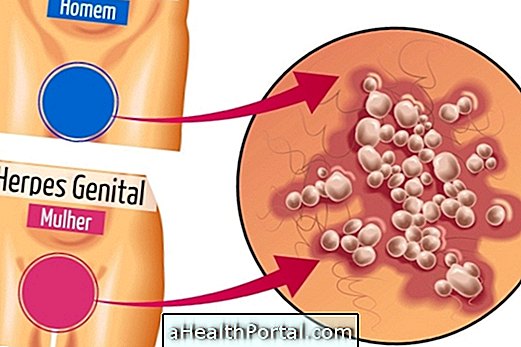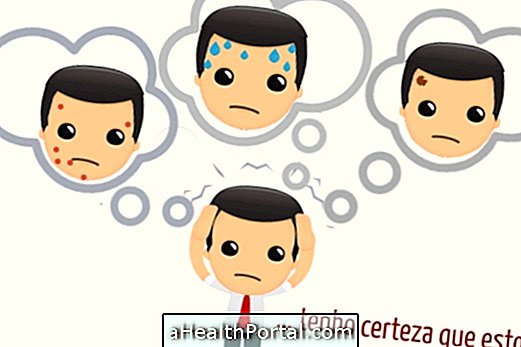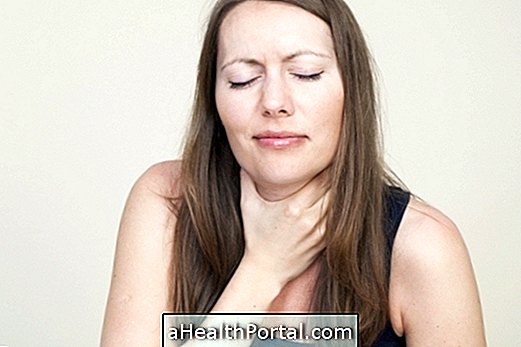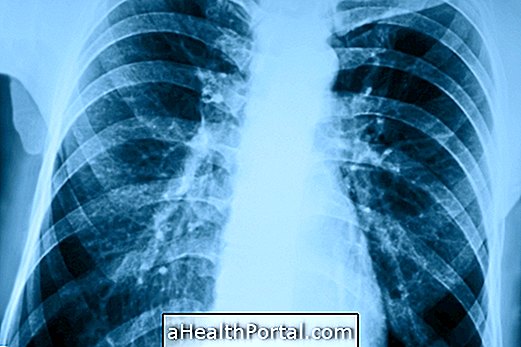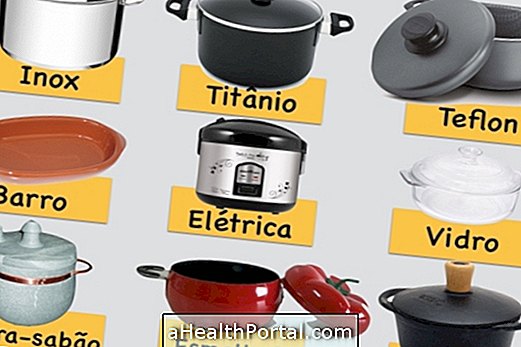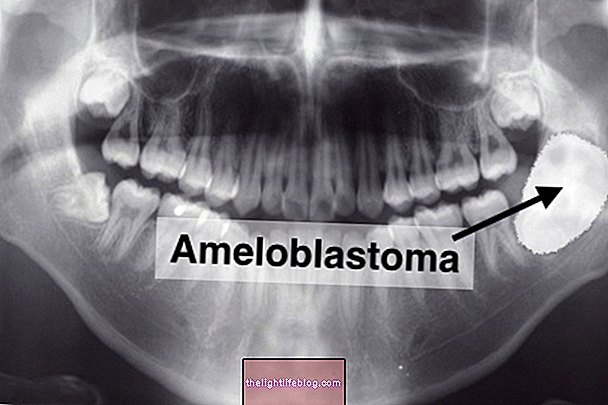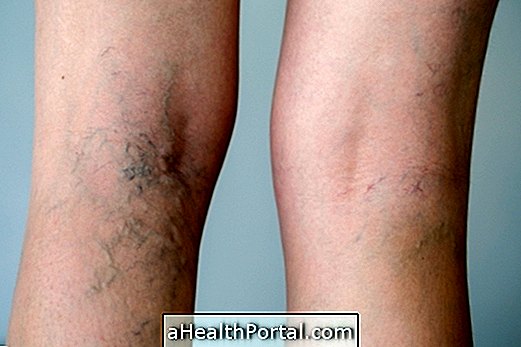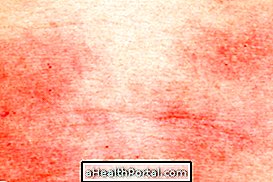There are several diseases that can cause tearing of the eye in infants, children and adults, such as conjunctivitis, colds, allergies or sinusitis, lesions in the eye or tendon, for example, that can be identified by evaluating other characteristic symptoms of the disease.
The treatment of lacrimation depends on the cause that is in its origin and should always be recommended by the doctor.
1. Conjunctivitis
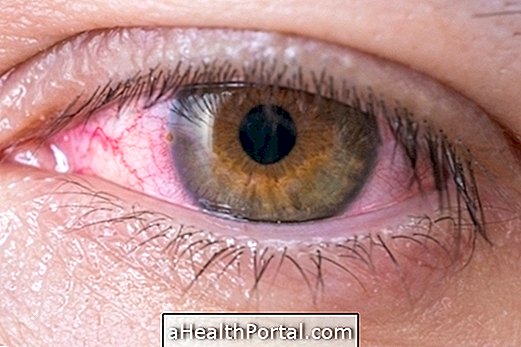
Conjunctivitis consists of inflammation of the eye, which can be caused due to an allergic reaction, reaction to some irritating substance or infection by viruses and bacteria. Symptoms that may occur during a conjunctivitis are redness in the eyes, itching, tearing or clearing and irritation, for example. Learn how to identify types of conjunctivitis.
What to do
The treatment of conjunctivitis depends on the cause that is in its origin. If allergic conjunctivitis is used, eye drops with antihistamine are usually used and if it is toxic, it may be advisable to wash with sterile saline solution and use a colourant that quenches the irritation. In case of infection it may be necessary an antibiotic eye drops, which depending on the symptoms, may be associated with an anti-inflammatory. See the remedies used to treat conjunctivitis.
2. Flu and cold

During a flu or cold, symptoms such as tearing eyes, coughing, fever, sore throat and head, runny nose and tiredness may occur, and during a flu, the symptoms are more intense and last longer. Learn how to distinguish a cold from a cold.
What to do
The treatment of colds and flu consists only of alleviating allergic symptoms and pain, using analgesic and antipyretic medicines, such as dipyrone or paracetamol, antihistamines such as desloratadine or anti-inflammatories such as ibuprofen. In addition, one can also do a boost of the immune system with vitamin C for example. Learn more about treatment.
3. Corneal ulcer

The corneal ulcer is an inflamed wound that appears in the cornea of the eye, generating symptoms like pain, sensation of something trapped in the eye or blurred vision, for example. It is usually caused by an eye infection, but can also happen due to minor cuts, dry eye, contact with irritating substances or problems of the immune system such as rheumatoid arthritis or lupus.
What to do
The treatment should be done urgently, in order to avoid more serious damages in the cornea and consists in the administration of antibiotic, antifungals and / or anti-inflammatory drops, cases if it is an infection. If the ulcer is caused by an illness, it must be treated or controlled. Learn more about treatment.
4. Allergies

Respiratory allergy may occur when the airways come in contact with substances such as pollen, dust, mold, cat's or other animal's, or other allergenic substances, causing symptoms such as stuffy or runny nose, itchy nose, constant sneezing, dry cough, redness and tearing of the eyes and headaches.
What to do
Treatment consists of administration of antihistamines such as desloratadine, cetirizine or ebastine, for example, and if the allergy makes breathing very difficult, it may be necessary to use bronchodilator drugs such as salbutamol or fenoterol.
5. Headache in salvos

Headache is a headache only on one side of the face, usually very strong, lancinating and appearing during sleep, being a rare disease, much stronger and incapacitating than the migraine, known as the worst pain we can feel, being stronger than a renal, pancreatic, or labor pain. Other symptoms, such as redness and tearing of the eye on the same side of pain, may also occur. Learn more about this disease.
What to do
The disease has no cure, but can be treated with non-steroidal anti-inflammatory drugs, opioids and the use of a 100% oxygen mask in times of crisis. See more about headache treatment in salvos.
6. Sinusitis

Also known as rhinosinusitis, is a disease that happens when there is inflammation of the mucosa of the sinuses, which are structures that are around the nasal cavities. The most common symptoms are face pain, runny nose, watery eyes and headache, although the symptoms may vary slightly depending on the cause of the illness and the person. Here's how to differentiate the major types of sinusitis.
What to do
The treatment depends on the type of sinusitis that the person suffers but usually is made with analgesics and anti-inflammatories, corticosteroids, antibiotics and nasal decongestants. Get to know the treatment for sinusitis in detail.
The tearing eye may also be caused by medications, dry eyes, fever, inflammation of the cornea, blepharitis, chalazion or allergic rhinitis.
